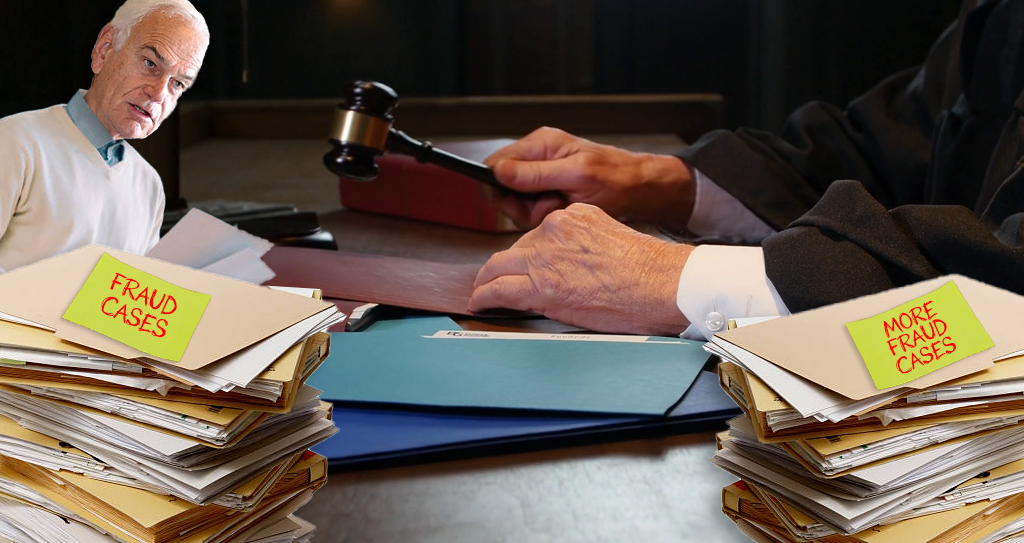If the government catches you drinking and driving, you will be arrested, fined and possibly jailed. And rightly so. Drunk driving kills almost 11,000 people annually in the United States, more than the number of U.S. soldiers killed in our multiple wars over the past decade.
On the other hand, government agencies are rolling out the red carpet for motorists at establishments devoted to drinking, thanks to minimum parking requirements. What gives?

Government regulations help ensure that if you want to go get a drink, you won't have to search far for a parking space. Photo: Pitch.com
Erica C. Barnett of Network blog PubliCola says its time we ended this thoroughly counterproductive and dangerous practice.
By requiring parking for drinkers’ cars, city land use codes practically encourage drunk driving.
Even “progressive” Northwest cities aren’t immune. Vancouver, BC is actually one of the worst offenders, requiring one parking space for every 60 square feet of businesses that sell liquor for on-site consumption. (In fairness, Vancouver does exempt much of its city core from parking requirements).
Seattle and Portland, meanwhile, both set minimum parking requirements for bars at one space for every 250 square feet. The “best” city, in terms of parking requirements: Boise, Idaho, which requires just one parking space per 300 square feet of bar space.
Barnett quotes Vancouver blogger Eric de Place, whose post on Sightline inspired her remarks, on how to remedy this problem:
It’s really not hard. You just need the number zero. That’s how you make sustainability legal when it comes to bar parking. You find that section in your city’s land use code where it regulates parking minimums. You take a black magic marker, cross out what’s there, and then write in the word “none.” It’s that easy.
Elsewhere on the Network today: Spacing Toronto encourages local cyclists to turn out for a ride to protest Mayor Rob Ford’s plan to remove the Jarvis Street bike lane. The Seattle Transit Blog remarks on the irony of public outrage over artificially deflated parking prices. And Green City Blue Lake reports on a minor victory in the Cleveland region, where ODOT spurned bike advocates’ pleas for a bike lane over an important bridge, but offered $6 million in improvements along an alternate route as a compromise.





